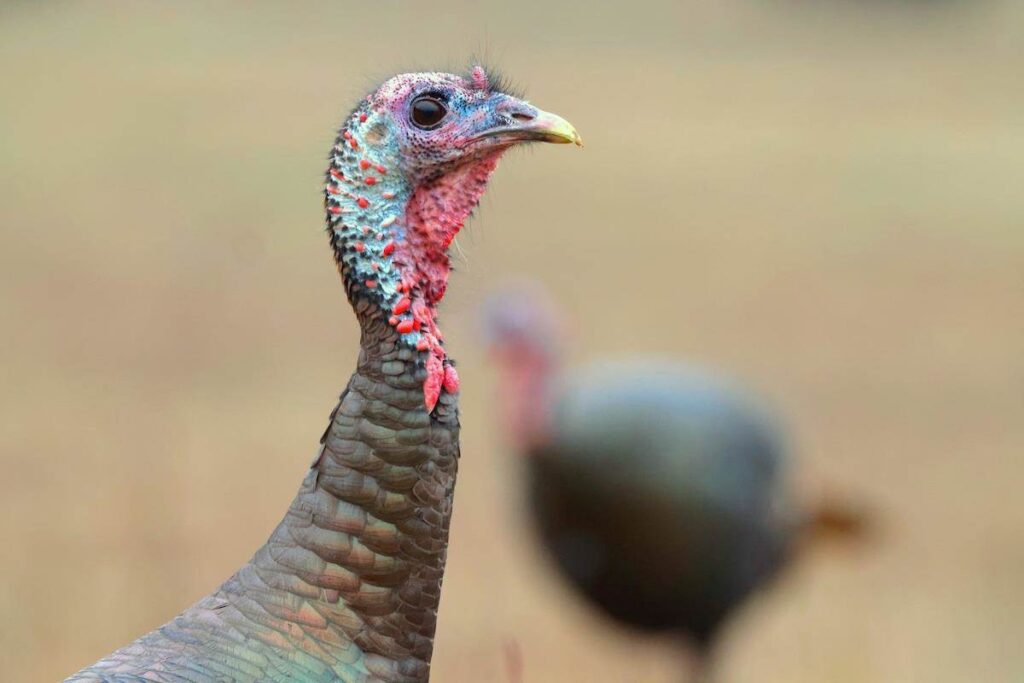
TOP LURE TACTICS FOR SEA TROUT

Author: Mossy Oak
Published: March 24, 2023
“Depending on where you’re fishing, you may know them as spotted seatrout, speckled trout or a host of other nicknames, but either way, Cynoscion nebulosus is a true favorite among saltwater anglers. They’re beautiful, hard-fighting and excellent on the dinner table, but they can also be challenging to pattern reliably and catch consistently. They’re also one of the few gamefish that will bite reliably all year long—we’ve had days where the frigid weather was far better suited to duck hunting than fishing and were able to catch nice trout cast after cast, and others where we had fast action even in the sweltering heat of a Florida summer with the sun directly overhead.
LOCATION, LOCATION, LOCATION
It’s impossible to catch fish where there aren’t any, so the first step is to locate productive water. Whether you’re fishing from a small craft, kayak, stand-up paddleboard or wading on foot, start with structure. Trout love to hang around oyster bars, rocky points, grassy sea beds and other areas, because they provide two things they need: a food source and protection from larger predators. While smaller trout love shrimp and small finfish, the larger ladies key in on bigger prey like mullet and pinfish that are worth the energy to chase down and consume. Find structure that’s holding bait and there’s a good chance that the trout aren’t far behind.
Water clarity is another important factor. As a rule, trout don’t like turbid water—they prey primarily by sight rather than smell. Those visual cues are also important in selecting the right colors: for the most part I prefer to match the hatch and will choose lures that resemble the appropriate bait, meaning lots of silver or white with black or dark green backs, or root beer brown when shrimp is likely on the menu. However, trout will also go for some pretty wild colors too so don’t overlook those fluorescent chartreuse greens and neon pinks either. If they can see it, they’ll eat it.
COVER THE COLUMN
Successful trout fishing also means reading the conditions and switching gears based on the seasons and time of day. While they can work well in virtually any conditions, topwater lures are most effective first thing in the morning and late in the afternoons near dusk. In these quiet, still times, the walk-the-dog action of a Zara Spook can often prove irresistible to a big trout, as well as providing some heart-stopping strikes for the angler. Using a long-casting 6 ½- to 7-foot rod with a fast action and flexible tip and a high-quality spinning reel loaded with 8- to 12-pound-test braided line and a topshot of 12-pound-test fluorocarbon leader, start by fan-casting around the structure and working the lure seductively with a twitch-twitch-twitch-pause action—strikes will invariably come on the pause so be ready. As with any topwater fishing though, wait a split-second after the bite so the fish has a chance to grab the lure before setting the hook.”
The full article can be found here.
Photo Credit: Original Author






No Comments